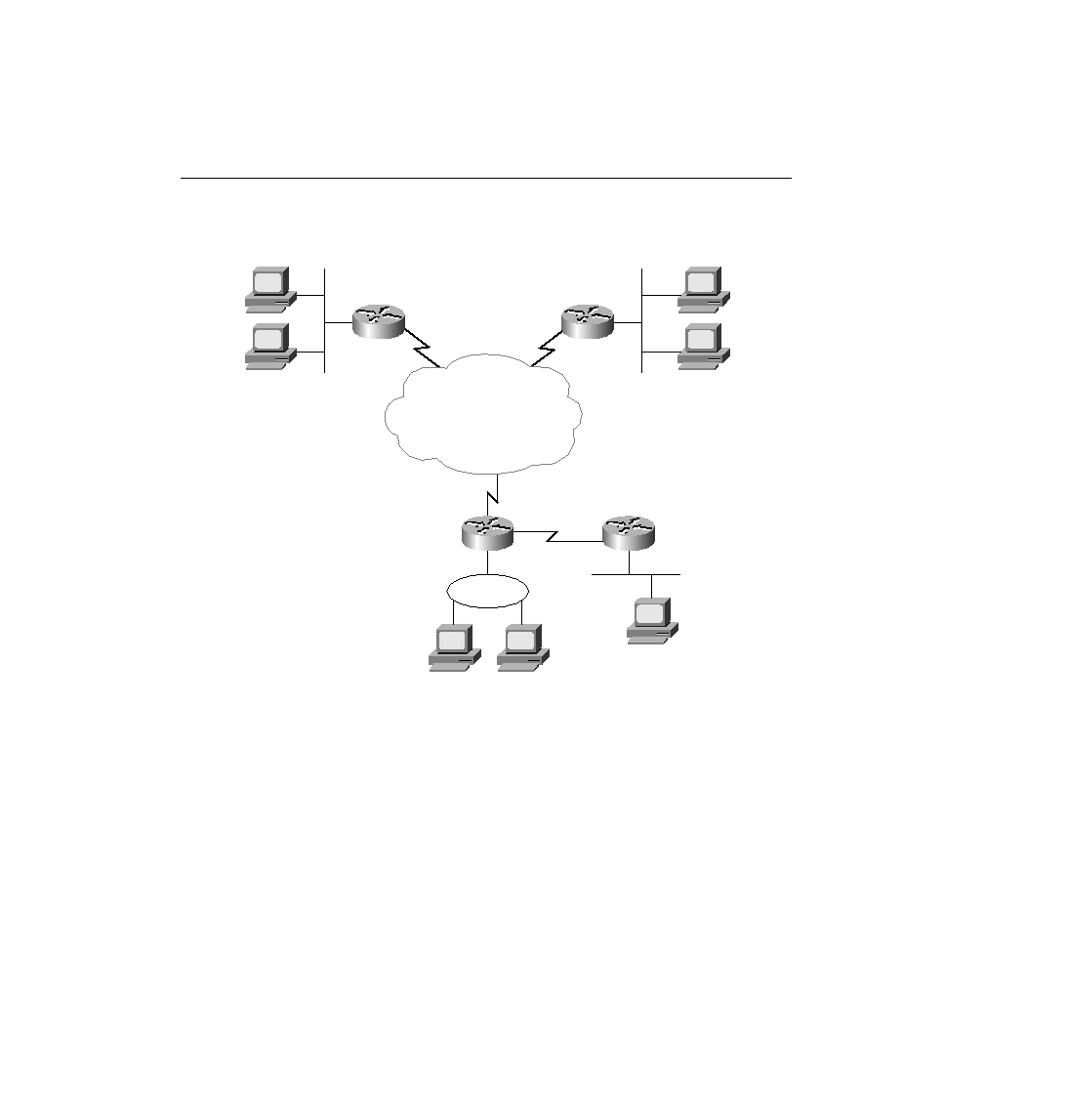
NIC). The IP network designer has chosen a mask of 255.255.255.0, the last octet of which
implies 8 host bits. Because it is a Class B network, there are 16 network bits. Therefore, there
are 8 subnet bits, which happen to be bits 17 through 24--in other words, the third octet. Notice
that each subnet number in the figure shows a different value in the third octet, representing
each different subnet number.
subnetting--particularly more advanced subnetting topics--as well as other IP addressing and
routing topics beyond the scope of this book, an exact definition is required. If your job will
include planning subnet number assignment or troubleshooting, this binary understanding will
be useful.